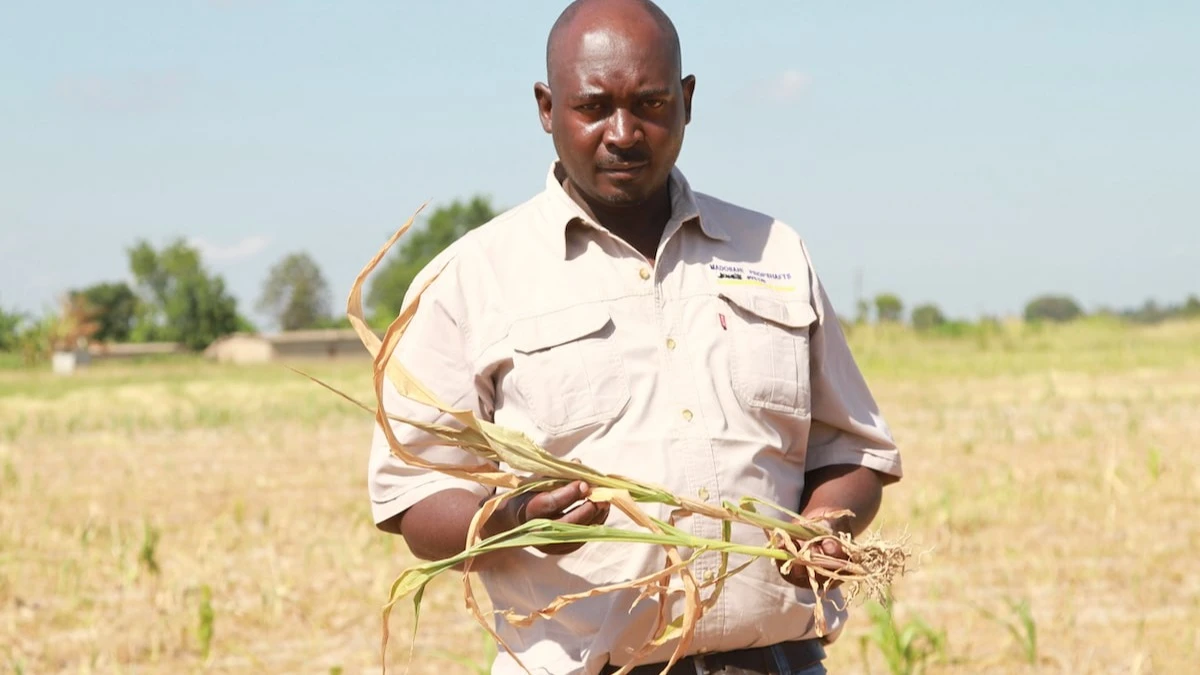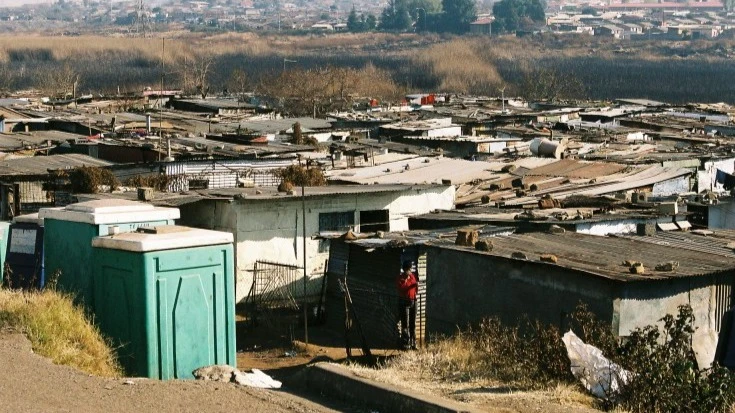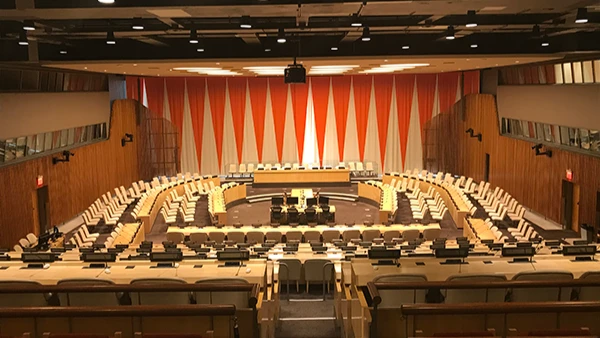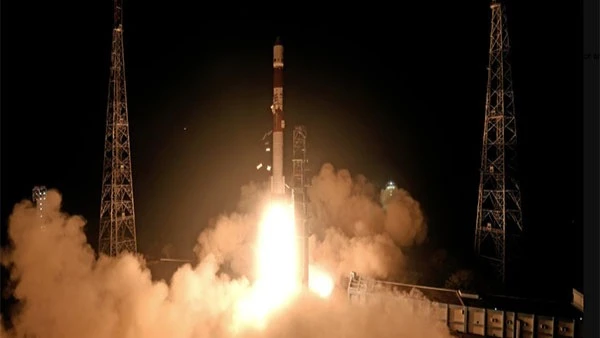Serengeti-Mara- ecosystem faces climate change effects
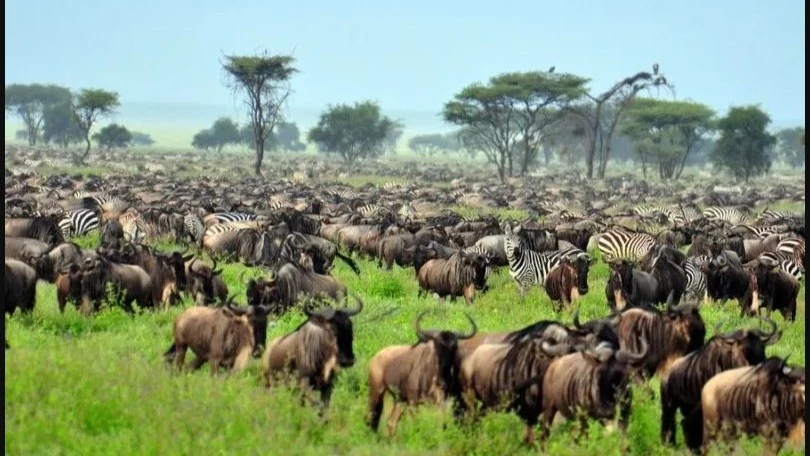
THE Mara-Serengeti ecosystem, straddling the border between Kenya and Tanzania, is renowned as one of the most iconic wildlife areas in Africa.
This vast expanse encompasses Kenya’s Maasai Mara National Reserve and Tanzania’s Serengeti National Park, together creating a dynamic habitat teeming with biodiversity.
Spanning approximately 30,000 square kilometers, the ecosystem is characterized by a rich tapestry of landscapes, including savannahs, grasslands, riverine forests, and acacia woodlands, providing a diverse range of habitats for numerous species.
One of the defining features of the Mara-Serengeti ecosystem is the Great Migration, an awe-inspiring natural phenomenon where millions of wildebeest, zebras, and other herbivores undertake a perilous journey in search of fresh grazing grounds.
Each year, these animals traverse the plains in a circular route, driven by the seasonal rains and the search for food and water. This migration not only showcases the remarkable adaptability of these species but also plays a critical role in maintaining the ecological balance of the region.
Predators such as lions, leopards, and cheetahs follow closely behind, creating a dramatic interplay between herbivores and carnivores that epitomizes the circle of life.
The ecosystem is also home to an incredible variety of other wildlife, including elephants, giraffes, hippos, and countless bird species.
The diverse habitats support a rich avifauna, making it a paradise for birdwatchers. The combination of open grasslands and riverine forests creates a unique setting for many species, allowing for intricate interactions and dependencies within the ecosystem.
Additionally, the Mara River is vital to the survival of many animals, providing water and nourishment while serving as a critical passage during the migration.
Human communities, particularly the Maasai people, have coexisted with the wildlife in this region for generations. Their traditional practices and deep-rooted knowledge of the land contribute to the preservation of this unique ecosystem. However, the increasing pressures of tourism, land use changes, and climate change pose significant challenges to the sustainability of the Mara-Serengeti ecosystem. Conservation efforts are crucial to ensure that this rich natural heritage is preserved for future generations while balancing the needs of local communities and wildlife.
Every year, millions of animals move across the land in search of fresh grass and water, creating an incredible spectacle known as the Great Migration. This migration sustains hundreds of predators and scavengers like vultures. The wildlife is also important for local governments and communities that rely on funds from tourism and conservation efforts.
All this activity – the well-being of wildlife, the water they drink and the vegetation they feed on – depends on weather patterns. Extreme weather phenomena, therefore, can wreak havoc on the workings of the ecosystem.
I’m part of a team from the universities of Hohenheim and Groningen, Free University of Berlin, the IUCN, the Indian Institute of Management in Udaipur and the Kenya Meteorological Department which has been studying weather patterns in the Mara-Serengeti ecosystem since 1913. Our new study has found that it has been experiencing major changes.
Over the past six decades, rainfall has been above average and there have also been recurrent severe droughts, erratic extremely wet conditions and a temperature rise of 4.8°C to 5.8°C.
These events are having a significant impact on wildlife populations and biodiversity in the area. Vegetation and water are gradually drying. Competition between wildlife, livestock and people for resources is increasing. Wildlife numbers are falling and there are changes in patterns of migration and breeding.
The average monthly minimum temperatures (taken in Narok Town, bordering the Maasai Mara ecosystem) between 1960 and 2024 increased significantly – an overall rise of 5.3°C. The minimum temperature increased from 7.9°C in May 1960, reaching 13.2°C in 2024.
Rainfall in both the Maasai Mara and Serengeti increased over time. Severe droughts are becoming more frequent and intense. And though extreme floods are relatively rare, they’re also increasing in frequency and intensity over time.
By analysing patterns in rainfall and temperature alongside global oceanic and atmospheric climate systems, we connect the weather changes in the Mara-Serengeti ecosystem to climate change. The global climate systems are changing due to global warming.
Specifically, we examined the Southern Oscillation Index and the Indian Ocean Dipole (IOD) between 1913 and 2024. These are the most significant oceanic and atmospheric patterns affecting climate in east Africa.
The Southern Oscillation Index measures the difference in air pressure between two places, Tahiti in the South Pacific and Darwin in Australia. When the sea level pressure difference is big it signals changes – like El Niño (warm phase of the oscillation) or La Niña (cold phase) – which can affect weather patterns around the world. El Niño is linked to more rainfall in east Africa and La Niña to droughts.
The Indian Ocean Dipole is a climate pattern which is like a seesaw for the ocean temperatures in the Indian Ocean. Sometimes, one side of the ocean near Africa gets warmer, while the side near Indonesia gets cooler. Other times, it flips, with Indonesia being warmer and Africa cooler. This changing pattern affects the weather, causing more rain when the ocean near east Africa is warmer and droughts when the ocean is cooler.
Our study of the Southern Oscillation Index found that around 1970 the shifts in oceanic and atmospheric conditions that cause El Niño and La Niña were becoming more extreme. As a result, these events – and the droughts and floods they bring – are happening more often and with greater intensity.
Meanwhile, between 1913 and 2024, the Indian Ocean Dipole has slowly increased due to steady ocean warming. And there are two repeating cycles that happen every 4.1 and 5.4 years. These cycles change in strength and timing, but they keep coming back regularly. The steady strengthening of the dipole is a sign of global warming and altered atmospheric circulation. The increased frequency and intensity of dipole events, when there are warmer sea surface temperatures in the western Indian Ocean, are linked to more frequent and severe floods and droughts in the Mara-Serengeti ecosystem.
The droughts, floods and temperature rise are affecting wildlife populations and biodiversity in the ecosystem.
We’ve seen this through field observations in annual reports by Kenya’s Game Department and its successor, the Wildlife Conservation and Management Department, and from local district documents in the Kenya National Archives and there are also more contemporary observations.
We analysed this observational data to identify trends and patterns in wildlife populations over time, and the timing, scale and location of changes. We then linked these to changes in the weather and specific anomalies, such as droughts.
We also systematically ruled out other potential causes, such as disease outbreaks, habitat destruction, pollution or overexploitation, such as through poaching.
Top Headlines
© 2025 IPPMEDIA.COM. ALL RIGHTS RESERVED




